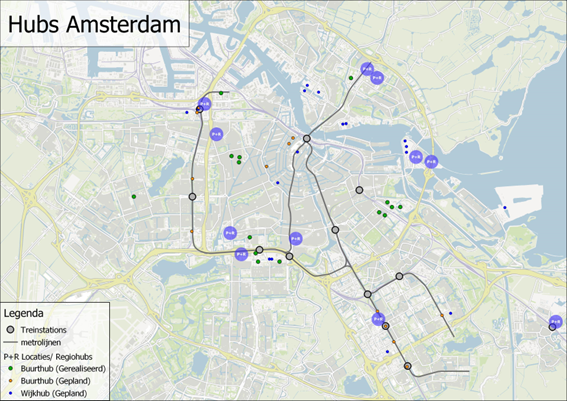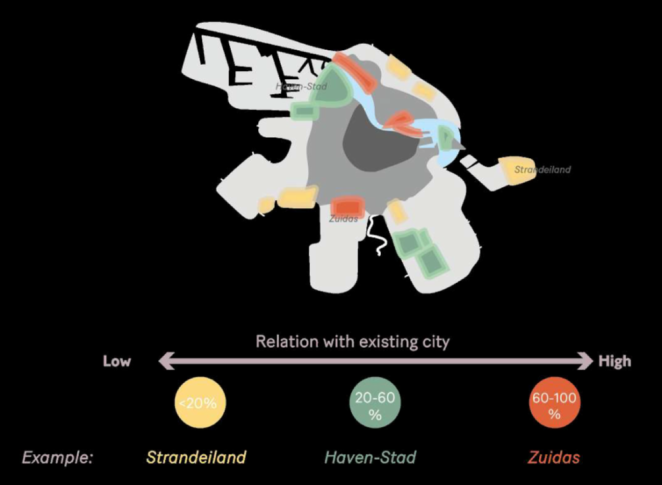Amsterdam is set to add 17 street hubs by 2024 to boost public transport and ehub networks, mainly in the West and Southeast districts. These hubs will promote shared mobility options, with some inner-city areas eyed for redevelopment. Future adaptations include converting private parking to shared spaces.
The city of Amsterdam is pleased to provide an update on the Hub development it is currently involved in. Through a collaborative effort with the Vervoerregio Transport Authority for the Amsterdam Region, Amsterdam aims to implement 17 street hubs under the ShareDiMobiHub initiative by the end of 2024. The careful selection of these locations is in line with specific objectives, including ensuring seamless journeys at public transport hubs, addressing areas with limited transport accessibility, and expanding the ehub network.
Throughout this endeavor, Amsterdam acknowledges the robust support from its organization and the commitment from users and residents, recognizing that comprehension and willingness to engage with the initiative are crucial for its success.
In collaboration with providers, Amsterdam is working to equip these hubs with vehicles and propose additional incentives, such as discounts or special promotions for residents. The spatial strategy employed has played a pivotal role in identifying optimal locations, resulting in a comprehensive overview of approximately 2200 neighborhood and district hubs.

Amsterdam's focus is currently on the West and Southeast districts for the introduction of these new street hubs. These hubs offer a compelling alternative to free-floating shared scooters, complemented by shared bikes and cargo bikes. Additionally, hubs in districts outside the ring road will be strategically placed in locations with fewer shared mobility options, potentially coinciding with the implementation of parking regulations.
While neighborhood hubs in the districts between the city center and the A10 ring road are not the current priority, exceptions may be made for those integrated into ongoing redevelopment projects or area developments. Furthermore, Amsterdam is exploring the inclusion of shared mobility options within existing garages in bustling areas, including station precincts and the city center/south.

In line with best practices, Amsterdam advises considering the integration of hubs that serve both the immediate neighborhood and the larger city, though this may not always be universally feasible. The dynamics of area development, influenced by municipal involvement, play a crucial role. For example, areas like Schinkel, characterized by limited municipal influence due to transformation, may present unique challenges compared to Strandeiland or Sluisbuurt, where the municipality has greater control.
Furthermore, when planning for hubs, parking, and storage facilities within area developments, Amsterdam recommends anticipating future demand for shared mobility. Therefore, they advocate against permanently designating private parking for private use or built form, but rather, suggest keeping the option open for conversion into shared mobility facilities in the future.
In conclusion, Amsterdam's collective efforts are guided by a commitment to achieving high densities and a blend of functions across all developments, resulting in notable pressure on public spaces. For larger district hubs, there is an anticipation of a preference for indoor accommodations in many locations, while smaller street hubs catering to micro-mobility may be strategically placed on the street for comprehensive coverage.
